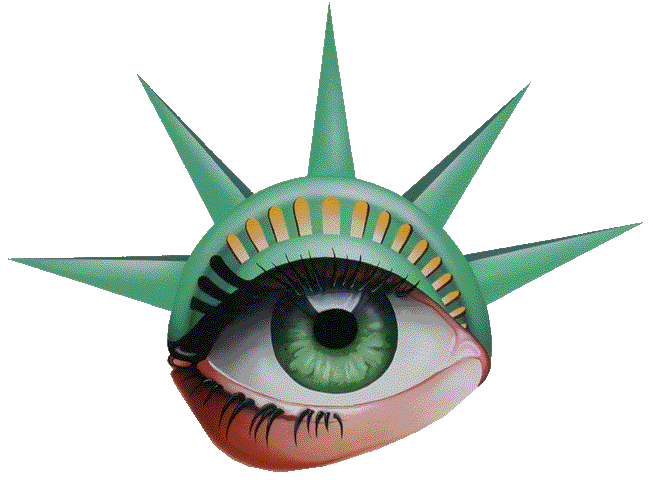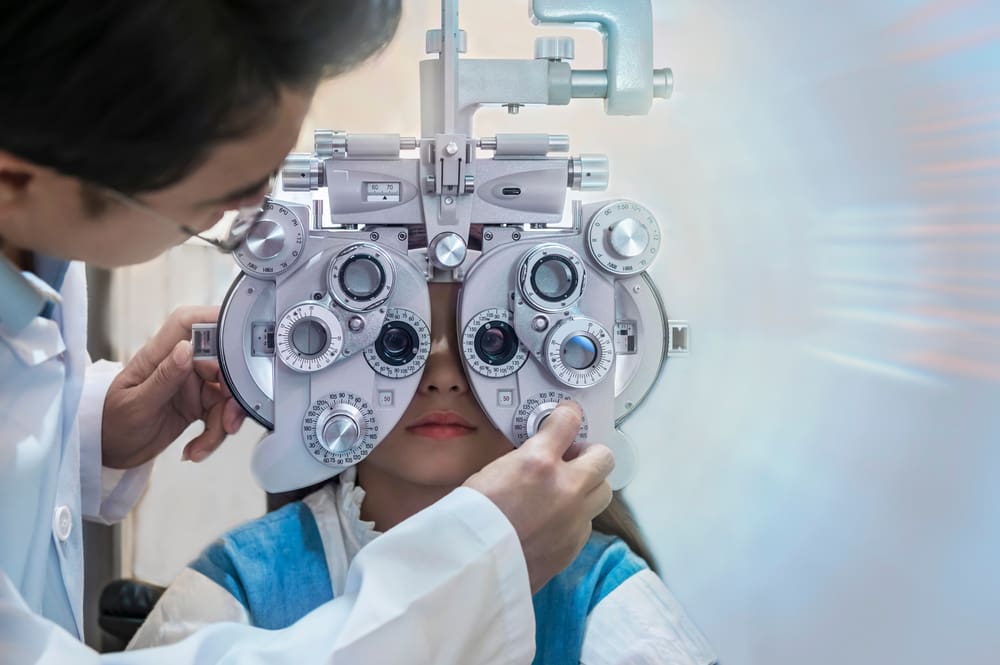Vision is a crucial aspect of our lives. It allows us to navigate and enjoy the world around us. However, not everyone has perfect vision. Many people face refractive errors like nearsightedness and farsightedness. These conditions impact how we see objects near and far. In this article, we will delve into the differences between nearsightedness and farsightedness. We’ll explore causes, symptoms, treatments, and more.
What is Nearsightedness (Myopia)?
Nearsightedness, or myopia, is a common vision condition. People with myopia see nearby objects clearly but struggle with distant objects. This condition occurs when the eyeball is too long. Alternatively, it can happen if the cornea has too much curvature. This shape causes light rays to focus in front of the retina instead of on it.
What is Farsightedness (Hyperopia)?
Farsightedness, or hyperopia, is the opposite of myopia. It allows people to see distant objects more clearly, while close objects are blurry. Hyperopia occurs when the eyeball is too short. It can also happen if the cornea is not curved enough. This shape causes light to focus behind the retina.
Comparing Nearsightedness and Farsightedness
| Feature | Nearsightedness (Myopia) | Farsightedness (Hyperopia) |
|---|---|---|
| Definition | Difficulty seeing distant objects | Difficulty seeing close objects |
| Eye Shape | Elongated eyeball | Shortened eyeball |
| Corneal Curve | Too much curvature | Not enough curvature |
| Light Focus | In front of the retina | Behind the retina |
| Age of Onset | Often in childhood | Can develop with age |
| Correction | Concave lenses (minus power) | Convex lenses (plus power) |
Causes and Risk Factors
Both conditions can be influenced by genetics and environmental factors. Spending a lot of time on near vision tasks (like reading or using computers) can exacerbate these conditions. Additionally, there is a growing concern about the impact of screen time on eye health.
Symptoms and Diagnosis
Common symptoms of myopia include squinting, eye strain, and headaches. Hyperopia symptoms include blurry vision for close tasks and eye strain. An eye examination can diagnose these conditions. It involves a refraction assessment and a visual acuity test.
Treatment Options
Glasses and contact lenses are the most common treatments. They correct the focus of light onto the retina. However, refractive surgery, like LASIK, is another option. This surgery reshapes the cornea to correct the refractive error. It’s important to understand the pros and cons of each treatment. For instance, while LASIK offers a more permanent solution, it’s not suitable for everyone. You can learn more about LASIK surgery benefits and consider if it’s right for you.
Lifestyle and Prevention
Adjusting lifestyle habits can help manage these conditions. Regular eye exams are essential for monitoring vision changes. Wearing sunglasses and using proper lighting can reduce eye strain. For those at risk of developing these conditions, taking regular breaks from screens is advisable.
Frequently Asked Questions
What is the main difference between nearsightedness and farsightedness?
Nearsightedness (myopia) means difficulty seeing distant objects, while farsightedness (hyperopia) is trouble with close objects. The key difference lies in how the eye focuses light. Myopia focuses light in front of the retina, while hyperopia focuses it behind.
Can these conditions worsen over time?
Yes, both conditions can worsen, especially without proper eye care. Regular eye exams are crucial. They ensure that any changes in vision are addressed promptly.
Is LASIK surgery a viable option for both conditions?
LASIK surgery can correct both myopia and hyperopia by reshaping the cornea. However, it’s not suitable for everyone. Factors like the thickness of your cornea and overall eye health matter. For an in-depth understanding, check out Liberty Laser Eye Center’s explanation of LASIK suitability.
How can I prevent myopia or hyperopia from worsening?
Prevention involves regular eye exams and maintaining good eye health habits. This includes using proper lighting, taking breaks from screens, and wearing sunglasses to protect against UV rays. For more tips, visit eye care in the summer.
Conclusion
Understanding the differences between nearsightedness and farsightedness is vital. It helps in making informed decisions about eye care. Regular eye exams, proper treatment, and good eye health habits can manage these conditions effectively. If you’re considering LASIK surgery, it’s important to get expert advice. For more information and to explore your options, don’t hesitate to contact us. Our team at Liberty Laser Eye Center is here to help you achieve the best vision possible. Remember, taking care of your eyes today ensures clearer vision for tomorrow.


